There’s no question: social media and the web are powerful sources of digital evidence for legal and fraud investigations. The rise of the social web has transformed how investigators gather insights—sometimes, a subject’s own online activity provides everything needed to move a case forward.
But digital evidence isn’t automatically admissible or defensible in court. To use online content effectively in legal proceedings, it’s crucial to understand how digital evidence must be collected, preserved, and authenticated under the Rules of Evidence.
At SMI Aware, we help bridge that gap. Our Export Report is designed to preserve online content in a format that meets legal standards—turning fleeting web data into reliable, defensible evidence.
Why Screenshots Alone Won’t Hold Up
Many investigators still rely on screenshots to capture online content—simply taking a picture of what’s on the screen and hoping it stands up in court. Unfortunately, it doesn’t.
Screenshots are just static images. They’re easily manipulated or altered with common tools like Photoshop. In a courtroom, a screenshot lacks the underlying technical data needed to verify its authenticity.
Without that supporting data, a screenshot is like presenting a photocopy instead of an original document.
What Makes Digital Evidence Defensible?
Every web page, post, or profile you see online is built from source code—a set of instructions that tells your browser how to display the content. This source code holds the digital “fingerprints” of the data, including metadata like timestamps, URLs, and other identifiers.
When collected properly, source code and metadata help establish:
-
Where the content came from
-
When it was posted or last modified
-
That it hasn’t been altered since collection
An SMI Aware Export captures this underlying code, preserving the content exactly as it existed at the time of capture. It’s the difference between photocopying a journal page and collecting the physical journal itself, tagged and logged under a chain of custody.
Without this step, evidence is vulnerable to challenges—or outright exclusion—in court.
Authentication Matters
The American Bar Association notes that authenticating digital evidence should be straightforward in theory, but it’s often challenging in practice. Courts have traditionally required expert testimony to prove that online content is authentic and unaltered—a costly and complex step.
By using a defensible collection method like the SMI Aware Export, you reduce the need for additional expert validation and strengthen your evidence’s admissibility.
Key Terms: A Quick Guide to Digital Evidence
| Deep Report |
|
|
| Export | A preservation report that captures and stores the source code and metadata of a website or social media page, creating defensible evidence. | |
| HTML |
|
|
| Source Code |
|
|
| Metadata | “Data about data”—includes details like date, time, user, and URL tied to a post or file. | |
|
||
| Screenshot |
|
|
| URL |
|
|
| Username |
|
|
| Website |
|
|
| Public vs. Private Posts | Public posts are visible to anyone; private posts require permissions to view. SMI Aware does not access private content without lawful consent. |
How to Get the Most From Your Exports
How to Get the Most from Your Export
Follow these best practices to streamline your Export order and protect critical evidence:
-
Skip the screenshots—send the URL instead.
Copy and paste the full web address (starts withhttps://) directly into your order request. This eliminates ambiguity and speeds up processing. -
Stay invisible.
Visiting a subject’s social media while logged in can trigger notifications or suggestions that you’ve viewed their profile. An Export lets you review public content offline—without leaving a trace. -
Act fast when deletion is a risk.
Worried your subject may delete posts? Let us know so we can prioritize and preserve the content before it disappears.
Partnering with SMI Aware ensures your digital evidence is handled with care, expertise, and compliance—so you can stay ahead in an ever-evolving digital landscape.
Let’s talk about how we can support your next discovery or investigation project.



